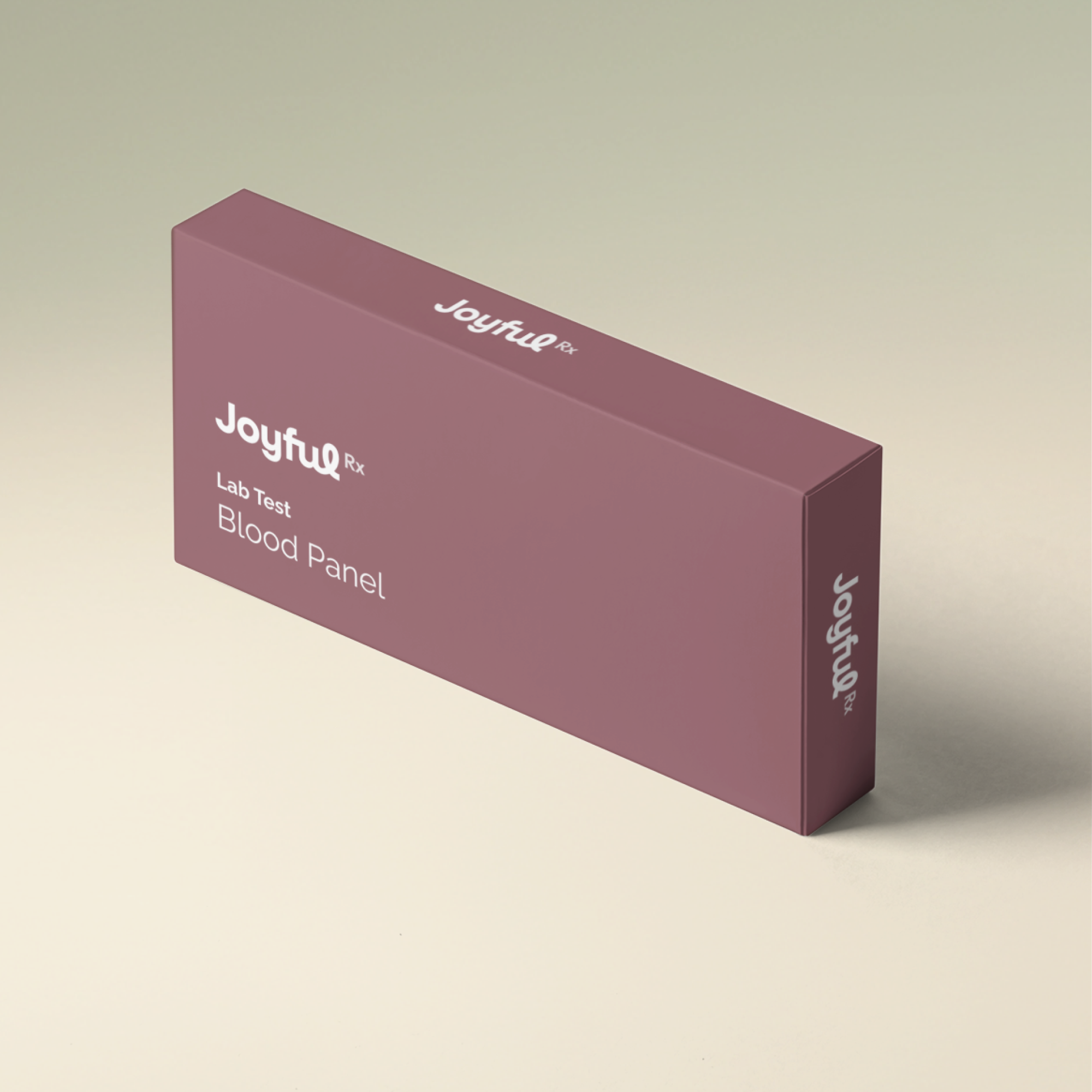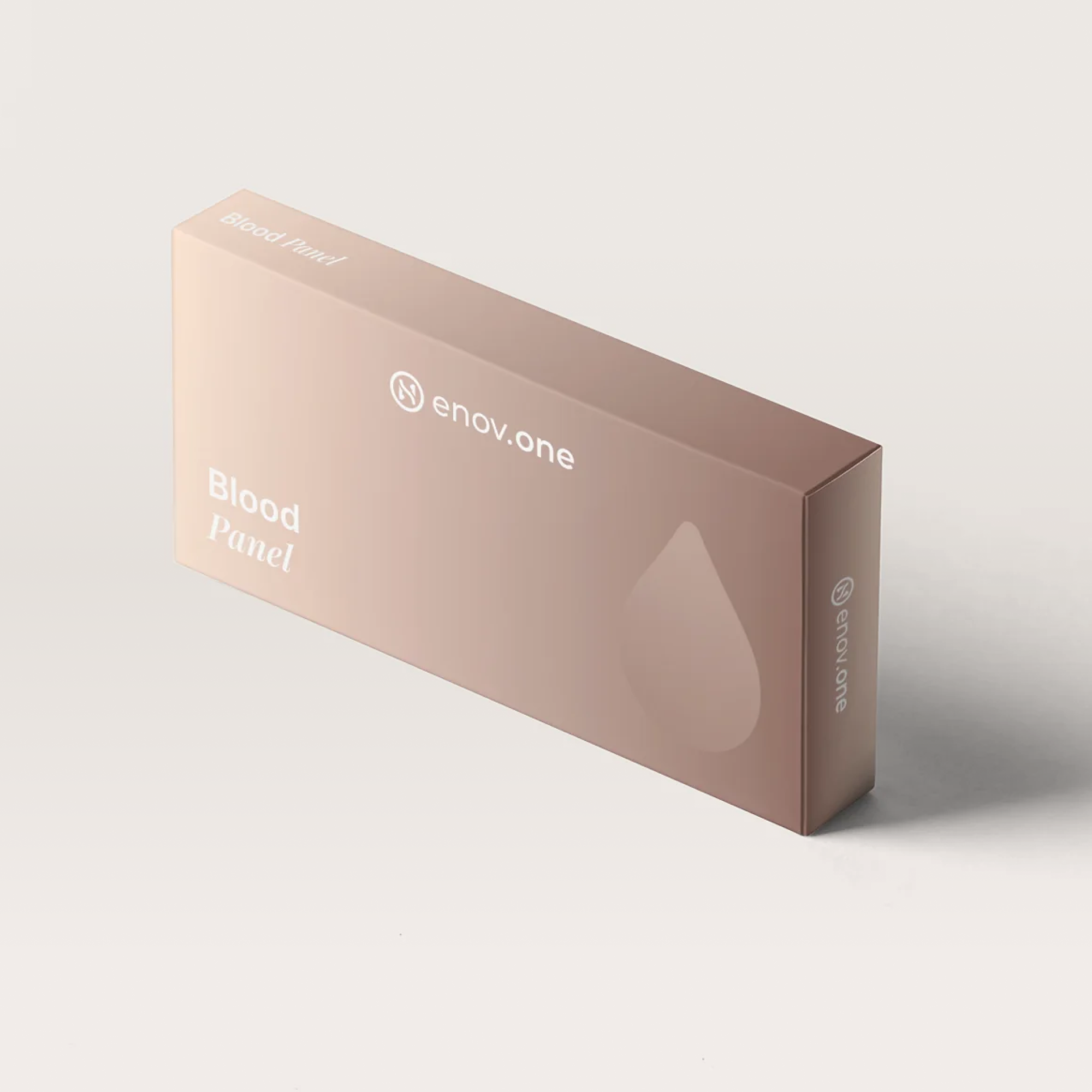
Provided by:


Gastrointestinal MAP
The GI-MAP is a comprehensive stool test that utilizes qPCR technology to detect parasites, bacteria, fungi, and more, allowing practitioners to create personalized treatment protocols to address gut dysfunction.
Package Contents
 Detect parasites, bacteria, fungi and more
Detect parasites, bacteria, fungi and more
 1st step toward personalized treatment protocols to address gut dysfunction
1st step toward personalized treatment protocols to address gut dysfunction
 Complete panel
Complete panel
Gastrointestinal MAP FAQ
 Is this an at-home test?
Is this an at-home test?
No, you can take this test across an extensive network across the United States, featuring nearly 2,000 patient service centers (PSCs) and more than 6,000 in-laboratory locations.
 How do I schedule an appointment for a blood test?
How do I schedule an appointment for a blood test?
We'll send you directions on how to schedule an appointment. After selecting a location, you can choose a date and time that works for you. Walk-ins are also accepted at many locations, but scheduling an appointment is recommended to reduce wait time.
 What should I bring to my appointment?
What should I bring to my appointment?
You should bring the following: A copy of the test requisition form we'll send you. A valid photo ID. Any other specific instructions we provide, such as fasting requirements.
 How do I get my results?
How do I get my results?
Once your test results are ready, you'll be able to access them through the enov.one patient portal. You’ll receive an email and text notification when the results are available. Our team will also receive the results directly and will review them with you.
 Do I need to fast before my blood test?
Do I need to fast before my blood test?
Fasting requirements depend on the type of blood test. For tests like cholesterol or glucose panels, fasting for 8-12 hours may be required. Our health team will give you specific instructions based on the test ordered. If you're unsure, it's best to confirm with our health team.
Biomakers
Adenovirus 40/41
Akkermansia muciniphila
Ancylostoma duodenale
Anti-Gliadin IgA
Ascaris lumbricoides
Bacillus spp.
Bacteroides fragilis
Bacteroidetes
Beta-Glucuronidase
Bifidobacterium spp.
Blastocystis hominis
C. difficile Toxin A
C. difficile Toxin B
Calprotectin
Campylobacter spp.
Candida albicans
Candida spp.
Chilomastix mesnili
Citrobacter freundii
Citrobacter spp.
Cryptosporidium spp.
Cyclospora spp.
Cytomegalovirus
Desulfovibrio spp.
Dientamoeba fragilis
E. coli O157
Endolimax nana
Entamoeba coli
Entamoeba histolytica
Enterobacter spp.
Enterococcus faecalis
Enterococcus faecium
Enterococcus spp.
Enterohemorrhagic E. coli
Enteroinvasive E. coli/Shigella
Enterotoxigenic E. coli
Eosinophil Protein X
Epstein-Barr Virus
Escherichia spp.
F/B Ratio
Faecalibacterium prausnitzii
Firmicutes
Fusobacterium spp.
Geotrichum spp.
Giardia
H. pylori
H. pylori Antibiotic Resistance Genes
H. pylori Virulence Factor babA
H. pylori Virulence Factor cagA
H. pylori Virulence Factor dupA
H. pylori Virulence Factor iceA
H. pylori Virulence Factor oipA
H. pylori Virulence Factor vacA
H. pylori Virulence Factor virB
H. pylori Virulence Factor virD
Klebsiella pneumoniae
Klebsiella spp.
Lactobacillus spp.
M. avium subsp. paratuberculosis
Methanobacteriaceae
Microsporidium spp.
Morganella spp.
Necator americanus
Norovirus GI
Norovirus GII
Occult Blood
Pancreatic Elastase 1
Pentatrichomonas hominis
Prevotella spp.
Proteus mirabilis
Proteus spp.
Pseudomonas aeruginosa
Pseudomonas spp.
Rhodotorula spp.
Roseburia spp.
SIgA
Salmonella spp.
Shiga-like Toxin E. coli stx1
Shiga-like Toxin E. coli stx2
Staphylococcus aureus
Staphylococcus spp.
Steatocrit
Streptococcus spp.
Taenia spp.
Trichuris trichiura
Vibrio cholerae
Yersinia enterocolitica

